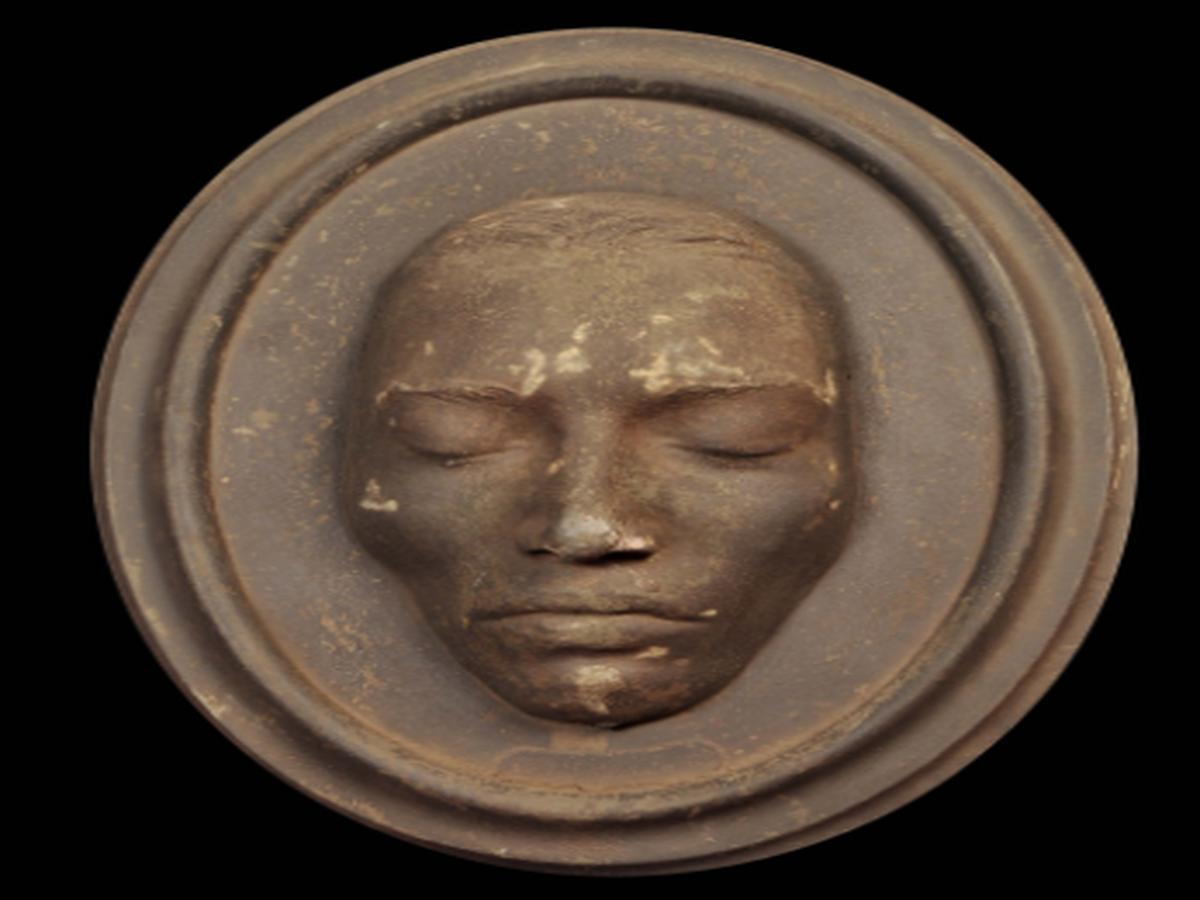State
Tribe Name
Art Type
short description
From high in the Himalaya range of India comes the Sadni of Jammu that has been captured into a finely made face-mould typifying the memorial art of the Pahari tribes. This authentically oval-shaped metal casting delineates subtle graceful facial features of Sadni. Curiously enough, the mould shows not just the likeness of the facial features alone, but the face and its surrounding frame are casted together in one piece, which brings about interpretation because it symbolizes the inseparable union between the person and his or her legacy. Above this lettering, therefore, says Jammu, her name and locality, which gives an added personal touch and time-and-place import.
Thumbnail

Filter Postion
Right
Filter Background
Off
Theme
Filter Header Image

content
Image

description
From high in the Himalaya range of India comes the Sadni of Jammu that has been captured into a finely made face-mould typifying the memorial art of the Pahari tribes. This authentically oval-shaped metal casting delineates subtle graceful facial features of Sadni. Curiously enough, the mould shows not just the likeness of the facial features alone, but the face and its surrounding frame are casted together in one piece, which brings about interpretation because it symbolizes the inseparable union between the person and his or her legacy. Above this lettering, therefore, says Jammu, her name and locality, which gives an added personal touch and time-and-place import.
Pahari tribes comprise various ethnic communities inhabiting the mountainous regions of Jammu, Himachal Pradesh, and Uttarakhand. The Paharis give great significance to their heritage; memory within their tradition is manifested by artistic pursuits, handmade objects offered in any medium-whatever-it-may-be: textile, wood, or metal. Such face moulds supposedly were used for memorials and domestic rituals to be placed in family gathering spaces for the purpose of venerating an ancestor to keep the ancestor's memory alive. Sadni's mould represents her face while also suggesting the role of women in Pahari culture-as nurturers, cultural keepers, and respected elders. By capturing the artistic detailing and survival in the medium, the face mould guarantees Sadni's memory as part of the community's visible and spiritual life.
Pahari tribes comprise various ethnic communities inhabiting the mountainous regions of Jammu, Himachal Pradesh, and Uttarakhand. The Paharis give great significance to their heritage; memory within their tradition is manifested by artistic pursuits, handmade objects offered in any medium-whatever-it-may-be: textile, wood, or metal. Such face moulds supposedly were used for memorials and domestic rituals to be placed in family gathering spaces for the purpose of venerating an ancestor to keep the ancestor's memory alive. Sadni's mould represents her face while also suggesting the role of women in Pahari culture-as nurturers, cultural keepers, and respected elders. By capturing the artistic detailing and survival in the medium, the face mould guarantees Sadni's memory as part of the community's visible and spiritual life.
Image Mode
landscape
promoted
On
Verified
Off
